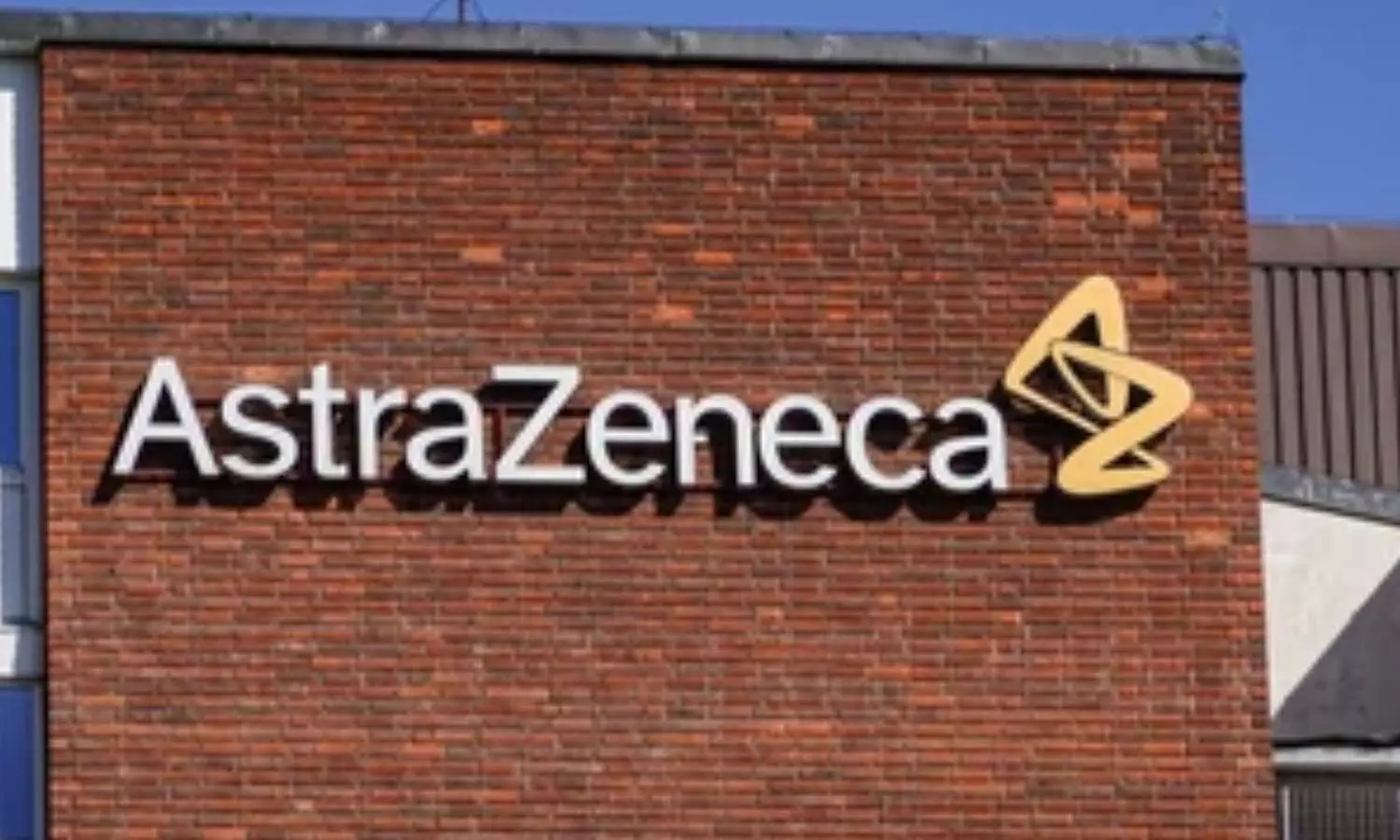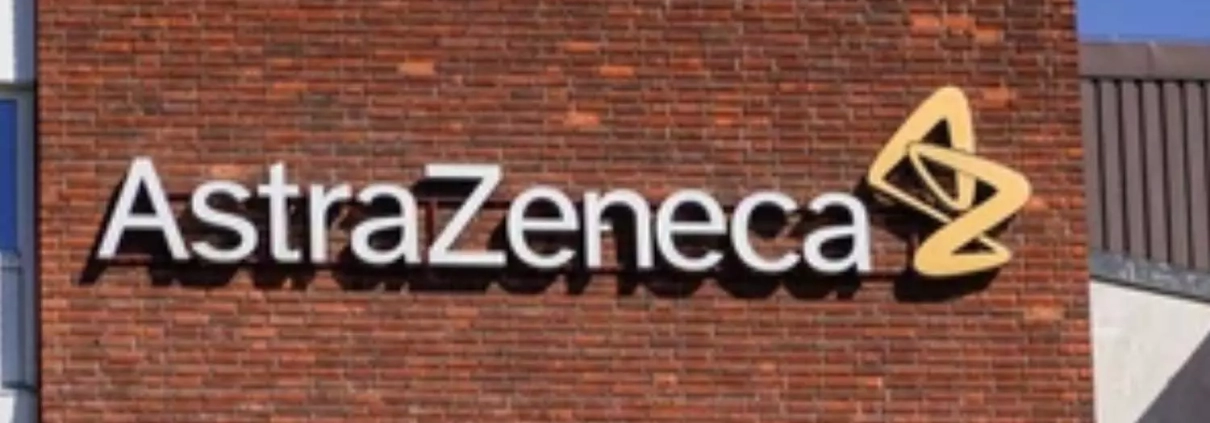AstraZeneca Tagrisso with chemotherapy approved in US for EGFR-mutated advanced lung cancer

Cambridge: AstraZeneca’s Tagrisso (osimertinib) with the addition of chemotherapy has been approved in the US for the treatment of adult patients with locally advanced or metastatic epidermal growth factor receptor-mutated (EGFRm) non-small cell lung cancer (NSCLC).
The approval following a Priority Review by the Food and Drug Administration (FDA) was based on the results from the FLAURA2 Phase III trial published in The New England Journal of Medicine. Tagrisso with the addition of chemotherapy reduced the risk of disease progression or death by 38% compared to Tagrisso monotherapy which is the 1st-line global standard of care (hazard ratio [HR] 0.62; 95% confidence interval [CI] 0.49-0.79; p<0.0001). Median progression-free survival (PFS) by investigator assessment was 25.5 months for patients treated with Tagrisso plus chemotherapy, an 8.8-month improvement versus Tagrisso monotherapy (16.7 months).
PFS results from blinded independent central review (BICR) were consistent with the results by investigator assessment, showing 29.4 months median PFS with Tagrisso plus chemotherapy, a 9.5-month improvement over Tagrisso monotherapy (19.9 months) (HR 0.62; 95% CI 0.48-0.80; p=0.0002).
Each year in the US, there are over 200,000 people diagnosed with lung cancer, and 80-85% of these patients are diagnosed with NSCLC, the most common form of lung cancer. Approximately 70% of people are diagnosed with advanced NSCLC. Additionally, about 15% of NSCLC patients in the US have an EGFR mutation.
Pasi A. Jänne, MD, PhD, medical oncologist at Dana-Farber Cancer Institute and principal investigator for the trial, said, “This approval based on the unprecedented data from FLAURA2 brings a critical new treatment option to patients with advanced EGFR-mutated non-small cell lung cancer. Now, with the choice of two highly effective osimertinib-based options, physicians can better tailor treatment to an individual’s needs and help ensure the best possible outcome for each patient.”
Dave Fredrickson, Executive Vice President, Oncology Business Unit, AstraZeneca, said, “This important new treatment option can delay disease progression by nearly nine additional months, establishing a new benchmark with the longest reported progression-free survival benefit in the 1st-line advanced setting. This approval reinforces Tagrisso as the backbone of EGFR-mutated lung cancer treatment either as monotherapy or in combination with chemotherapy. This news is especially important for those with a poorer prognosis, including patients whose cancer has spread to the brain and those with L858R mutations.”
Laurie Ambrose, President and CEO, GO2 for Lung Cancer, said, “We are so excited to see this continued progress advancing more personalized treatment options for our community. The more we can target the right treatments for the right people at the right time, the better outcomes will be for our community – a goal we all collectively share.”
Results from a prespecified exploratory analysis of patients in the FLAURA2 trial with brain metastases at baseline showed Tagrisso plus chemotherapy reduced the risk of central nervous system (CNS) disease progression or death by 42% compared to Tagrisso alone (HR 0.58; 95% CI 0.33-1.01) as assessed by BICR. With two years of follow up, 74% of patients treated with Tagrisso plus chemotherapy had not experienced CNS disease progression or death versus 54% of patients treated with Tagrisso monotherapy.
While the overall survival (OS) results remained immature at the second interim analysis (41% maturity), no trend towards a detriment was observed (HR 0.75; 95% CI 0.57-0.97). The trial continues to assess OS as a key secondary endpoint.
The safety profile of Tagrisso with the addition of chemotherapy was generally manageable and consistent with the established profiles of the individual medicines. Adverse event (AE) rates were higher in the Tagrisso plus chemotherapy arm, driven by well-characterised chemotherapy-related AEs. Discontinuation rates for Tagrisso due to AEs were low in both arms of the trial (11% for Tagrisso plus chemotherapy and 6% for monotherapy).
In December 2023, osimertinib (Tagrisso) with the addition of chemotherapy was added to the NCCN Clinical Practical Guidelines in Oncology (NCCN Guidelines) as a NCCN Category 1 Other Recommended regimen for patients with NSCLC whose tumours have EGFR exon 19 deletion or exon 21 L858R mutations based on the data from FLAURA2.
The US regulatory submission was reviewed under Project Orbis, which provides a framework for concurrent submission and review of oncology medicines among participating international partners. As part of Project Orbis, Tagrisso in combination with chemotherapy is also under review by regulatory authorities in Australia, Canada, and Switzerland. Regulatory applications are also under review in several other countries based on the FLAURA2 results.
Tagrisso is approved as monotherapy in more than 100 countries including in the US, EU, China and Japan. Approved indications include for 1st-line treatment of patients with locally advanced or metastatic EGFRm NSCLC, locally advanced or metastatic EGFR T790M mutation-positive NSCLC, and adjuvant treatment of early-stage EGFRm NSCLC.
“As part of AstraZeneca’s ongoing commitment to treating patients as early as possible in lung cancer, Tagrisso is also being investigated in the neoadjuvant setting in the NeoADAURA Phase III trial with results expected later this year, and in the early-stage adjuvant resectable setting in the ADAURA2 Phase III trial,” the release stated.
Read also: AstraZeneca, BioInvent ink pact to evaluate BI-1206 in combo with rituximab, Calquence


